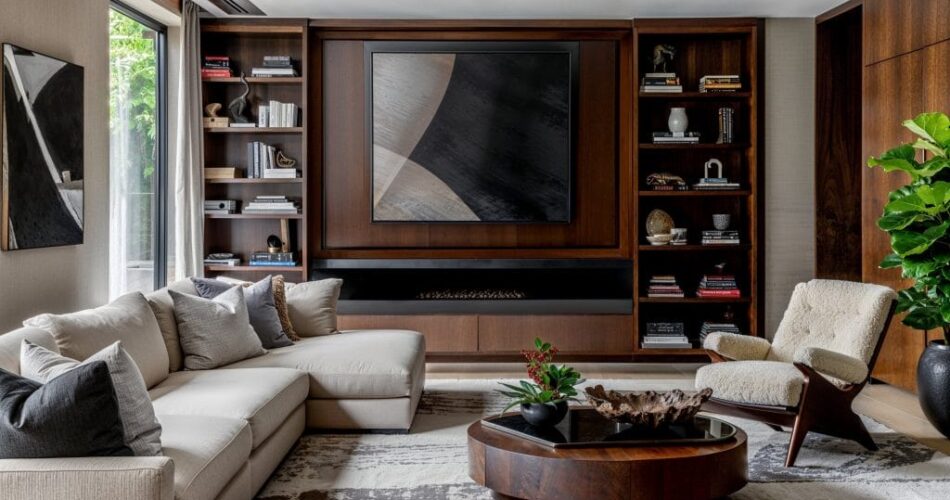As we look toward 2025, interior design continues to evolve, influenced by new technologies, societal shifts, and changing lifestyles. While some trends remain timeless, others shift to reflect the needs and desires of modern living. So, what’s hot and what’s not in the world of interior design for the upcoming year? Let’s dive into the design trends that will define 2025 and explore what we’re saying goodbye to.
What’s In for 2025:
1. Biophilic Design and Natural Materials
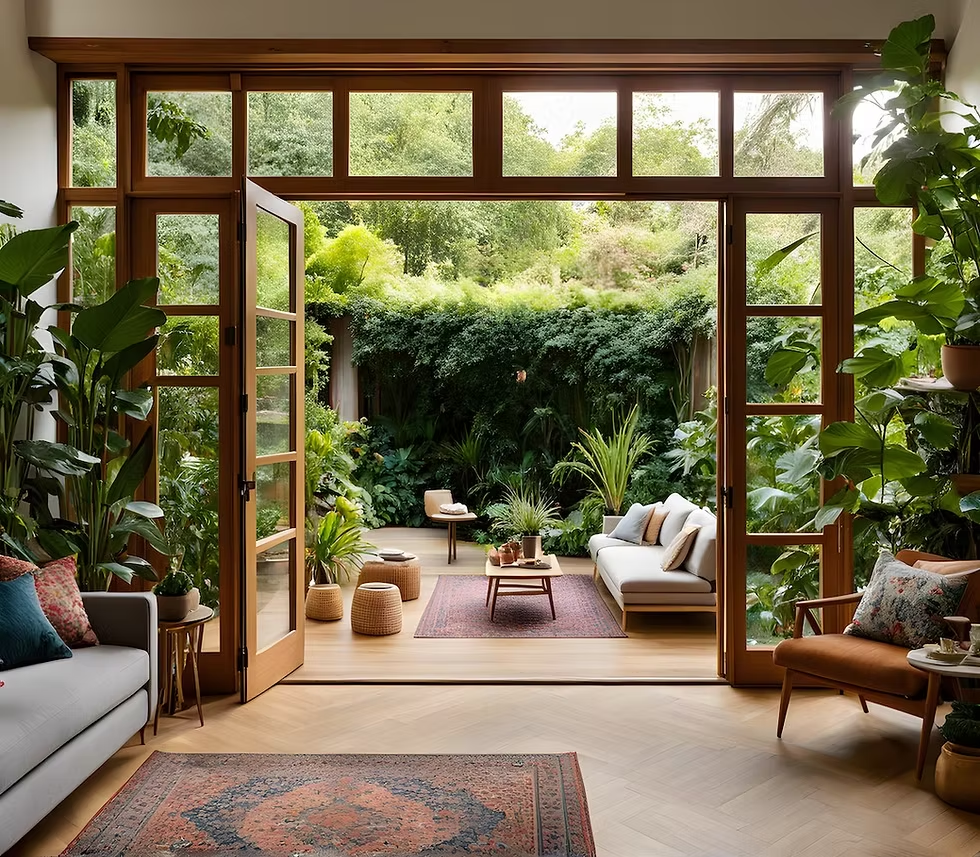
In 2025, biophilic design—bringing nature indoors—continues to take center stage. This trend embraces the healing power of natural elements and promotes a connection to the outdoors, no matter where you live.
- Natural Materials: Expect to see a greater emphasis on sustainable materials like wood, stone, cork, and bamboo. These materials not only look beautiful but help create a healthier environment by reducing synthetic materials and promoting natural textures.
- Indoor Plants: From large statement plants to vertical gardens, plants will remain a key component in interior design, adding color, texture, and a sense of calm.
- Maximizing Natural Light: Open spaces with large windows, skylights, and light-colored walls will continue to be a design staple, allowing natural light to flood interiors and creating a more inviting atmosphere.
- Why It Matters: Biophilic design is more than just a trend; it enhances well-being, reduces stress, and promotes a sustainable lifestyle.
2. Smart, Sustainable Homes
Technology and sustainability are no longer mutually exclusive; they are working together in 2025 to create smarter, more eco-friendly homes.
- Energy-Efficient Appliances: Smart thermostats, energy-efficient appliances, and lighting systems will remain key players in eco-conscious design. Devices that can be controlled remotely and programmed to optimize energy use will become more advanced and integrated into our daily routines.
- Sustainable Furniture and Materials: With increasing awareness around sustainability, designers are turning to recycled, upcycled, and locally sourced materials. Expect more furniture made from reclaimed wood, recyclable metals, and low-impact fabrics.
- Smart Home Integration: Homes will continue to embrace smart technology, with automated lighting, voice-activated systems, and more efficient home security systems.
- Why It Matters: As the need for sustainability grows, incorporating tech-driven, eco-friendly solutions into interior design not only reduces environmental impact but also enhances comfort and convenience.
3. Maximalism and Bold Colors
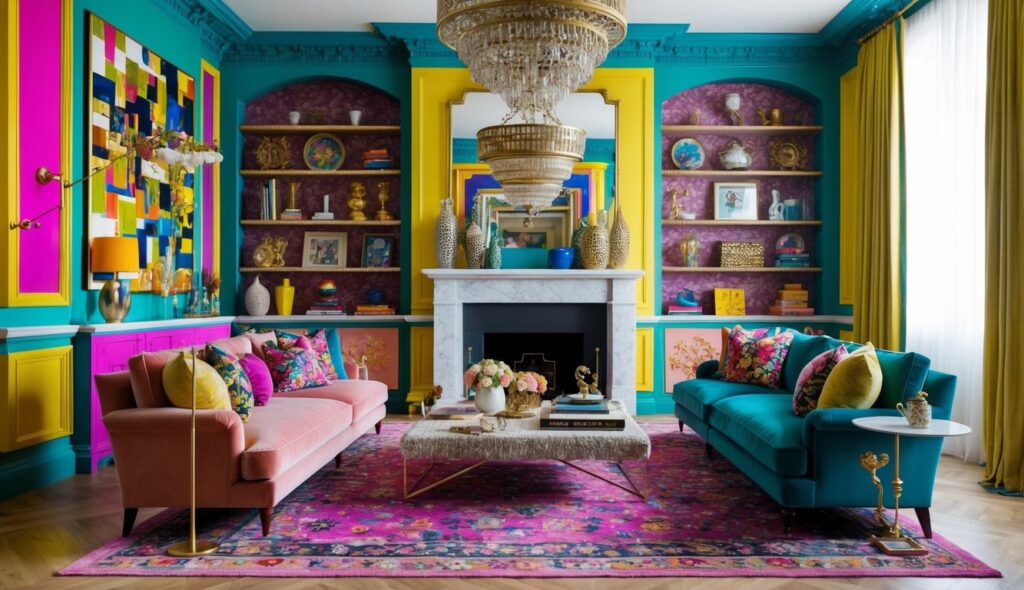
After years of minimalist trends, maximalism is making a comeback in 2025. This design approach celebrates vibrant colors, eclectic patterns, and an abundance of decor that reflects individuality.
- Bold Color Palettes: In 2025, expect to see rich, saturated colors like deep blues, vibrant oranges, lush greens, and golden yellows. These hues will be used in both large and small doses, from accent walls to statement furniture.
- Eclectic Mix of Styles: Maximalism is about mixing textures, patterns, and eras. Layered rugs, mismatched furniture, and vibrant wallpapers will be staples in 2025’s living rooms, kitchens, and bedrooms.
- Art and Personalization: A major part of maximalism is showcasing personality through art and decor. Large, statement pieces of art, unique sculptures, and one-of-a-kind objects will add to the personal and bold atmosphere of the space.
- Why It Matters: Maximalism allows for creativity and self-expression in interior design, offering homeowners the opportunity to create spaces that feel truly their own.
4. Multi-Functional Spaces and Furniture
As more people work and study from home, the demand for flexible, multi-functional spaces is higher than ever. In 2025, interior design will continue to prioritize functionality without sacrificing style.
- Convertible Furniture: Furniture pieces that can serve multiple purposes, such as desks that transform into dining tables or fold-away beds, will be more popular. Think space-saving furniture that adapts to various needs—perfect for small apartments or homes with limited space.
- Multi-Use Rooms: Rooms will serve more than one purpose. A living room might double as a home office, a dining room as a yoga studio, or a guest room that can transform into a workspace. The focus will be on creating adaptable spaces that cater to ever-changing routines.
- Why It Matters: Multi-functional spaces maximize square footage and cater to the increasing need for flexibility, particularly in smaller homes or urban environments.
5. Retro and Vintage Revivals
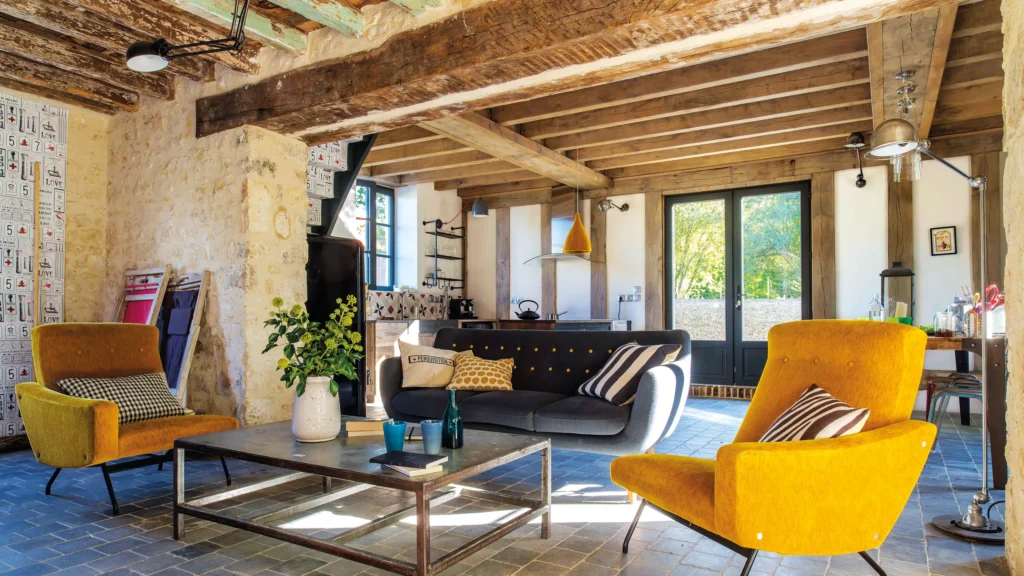
Nostalgia plays a large role in 2025’s interior design trends, with vintage and retro elements making a strong comeback. Think 70s-inspired design meets modern sensibility.
- Retro Furniture: Mid-century modern furniture continues to dominate, alongside other nostalgic design elements from the 60s, 70s, and 80s. Expect bold lines, geometric shapes, and unique textures in furniture like chairs, tables, and storage solutions.
- Vintage Decor: Antique pieces, vintage rugs, and retro lighting fixtures will become key elements in creating spaces that blend the old with the new. These items add personality and warmth to otherwise minimalist spaces.
- Why It Matters: Vintage and retro designs evoke a sense of nostalgia and character, offering a more personal and timeless approach to decorating.
What’s Out for 2025:
1. Overly Sterile Minimalism
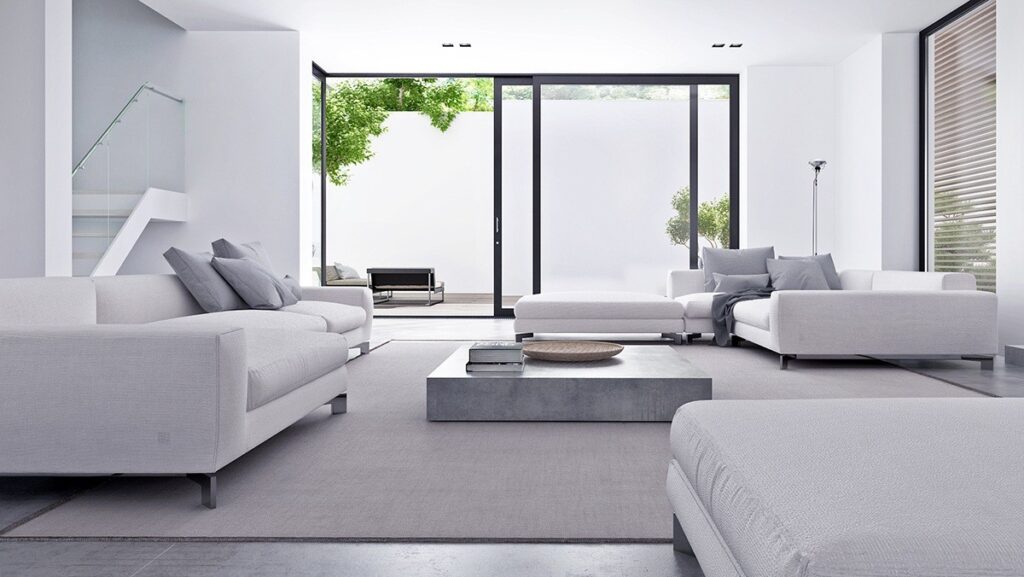
While minimalist design has its place, in 2025, it’s being swapped out for a more welcoming and dynamic approach. The clean, sterile aesthetic of “all-white everything” is being replaced with spaces that feel livable and full of personality.
- Why It’s Out: People are seeking warmth, comfort, and personality in their spaces, moving away from spaces that feel overly stark or impersonal.
2. Fast Furniture and Disposable Design
The trend of buying cheap, mass-produced furniture for the sake of convenience is on the decline. In 2025, consumers are more conscious of the environmental impact of their purchases and are turning to sustainable, durable pieces.
- Why It’s Out: With the rise of sustainability, there’s a growing push for furniture that is made to last. People are seeking quality over quantity, investing in timeless pieces that can be passed down or repurposed over time.
3. Matchy-Matchy Interiors
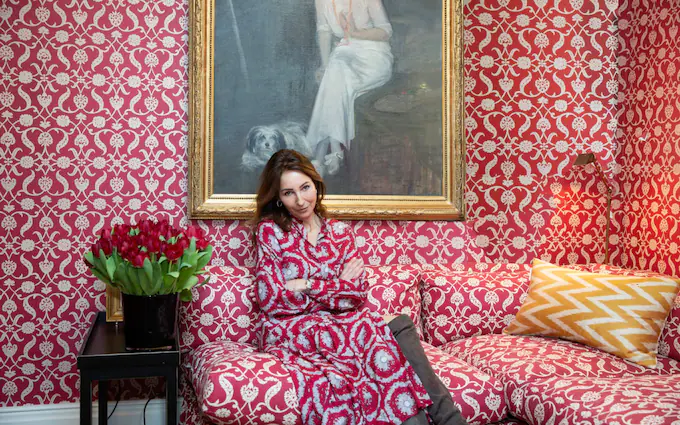
Gone are the days of perfectly coordinated color schemes and matching furniture sets. In 2025, interior design will embrace more organic and personal arrangements, where colors and patterns don’t necessarily match, but still work together cohesively.
- Why It’s Out: Homeowners are embracing individuality and creative expression, rejecting rigid, overly uniform designs in favor of more dynamic, personalized spaces.
4. All-Gray Everything
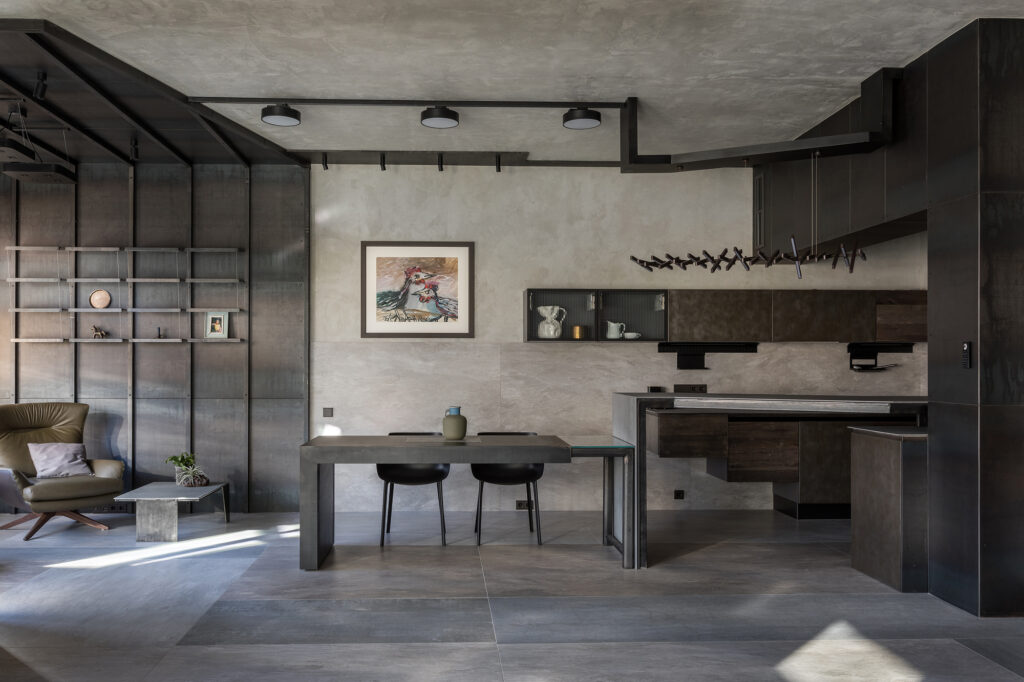
While gray has been a popular neutral color in interior design, it’s beginning to feel a bit too cold and uninspired. Instead, expect more warmth in design, with colors like earthy tones, rich blues, and even pastel shades taking center stage.
- Why It’s Out: Gray interiors can feel impersonal and sterile. In 2025, people are moving toward warmer, more inviting color palettes that create a sense of comfort and liveliness.
Conclusion
The interior design trends of 2025 reflect a shift toward more personal, sustainable, and functional spaces. From biophilic design that brings nature indoors to the rise of smart homes, technology is playing a larger role in shaping how we live and decorate. Meanwhile, bold colors, maximalism, and multi-functional furniture are empowering people to create spaces that are both practical and expressive. As we leave behind overly sterile minimalism and disposable design, 2025 is all about embracing individuality, creativity, and sustainability—making your space truly yours.

